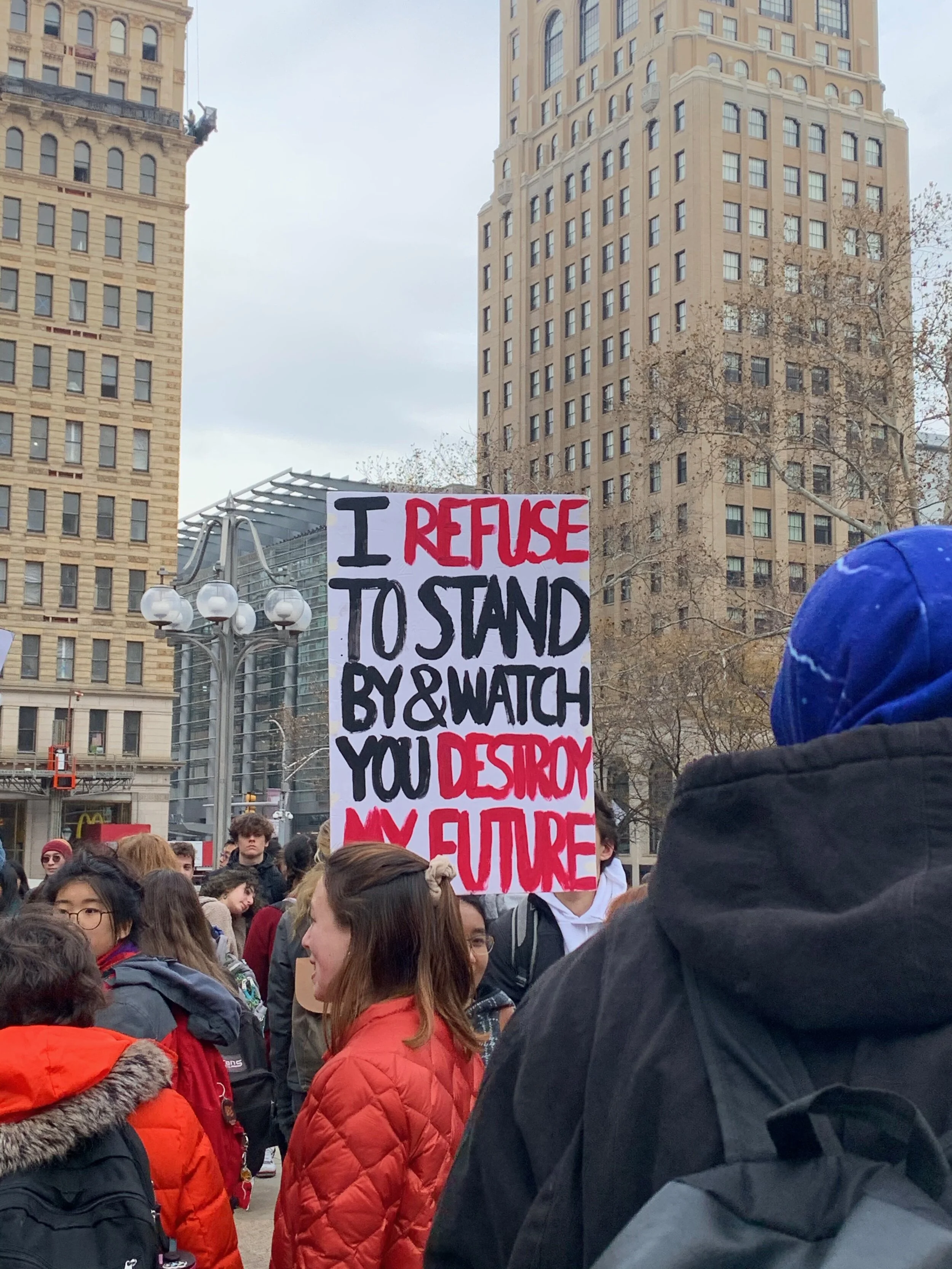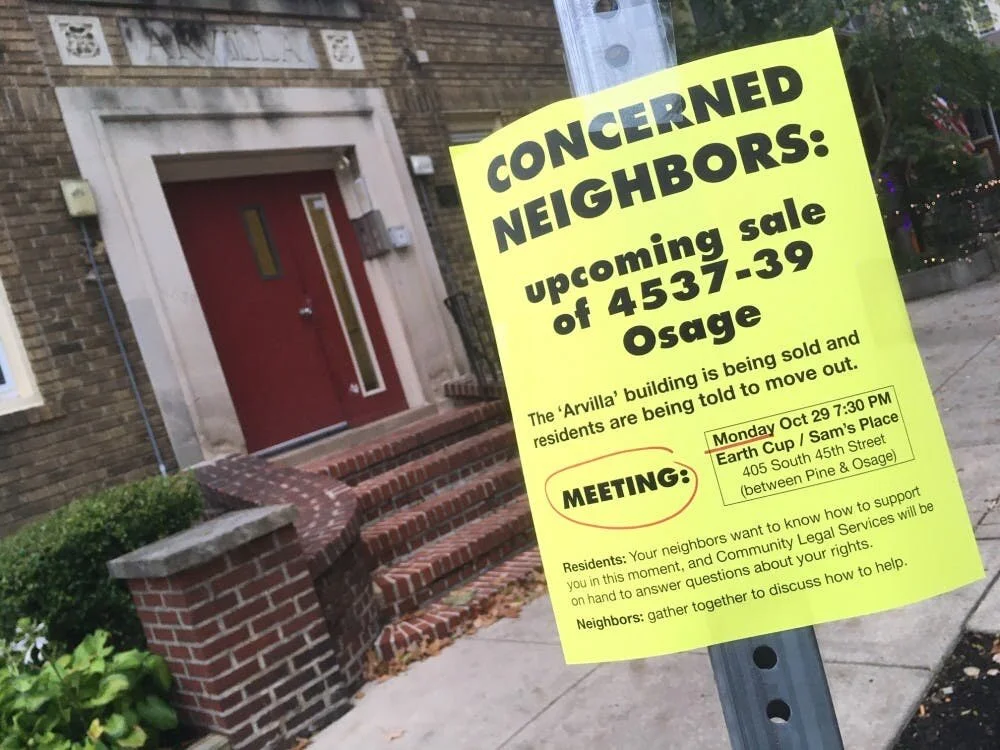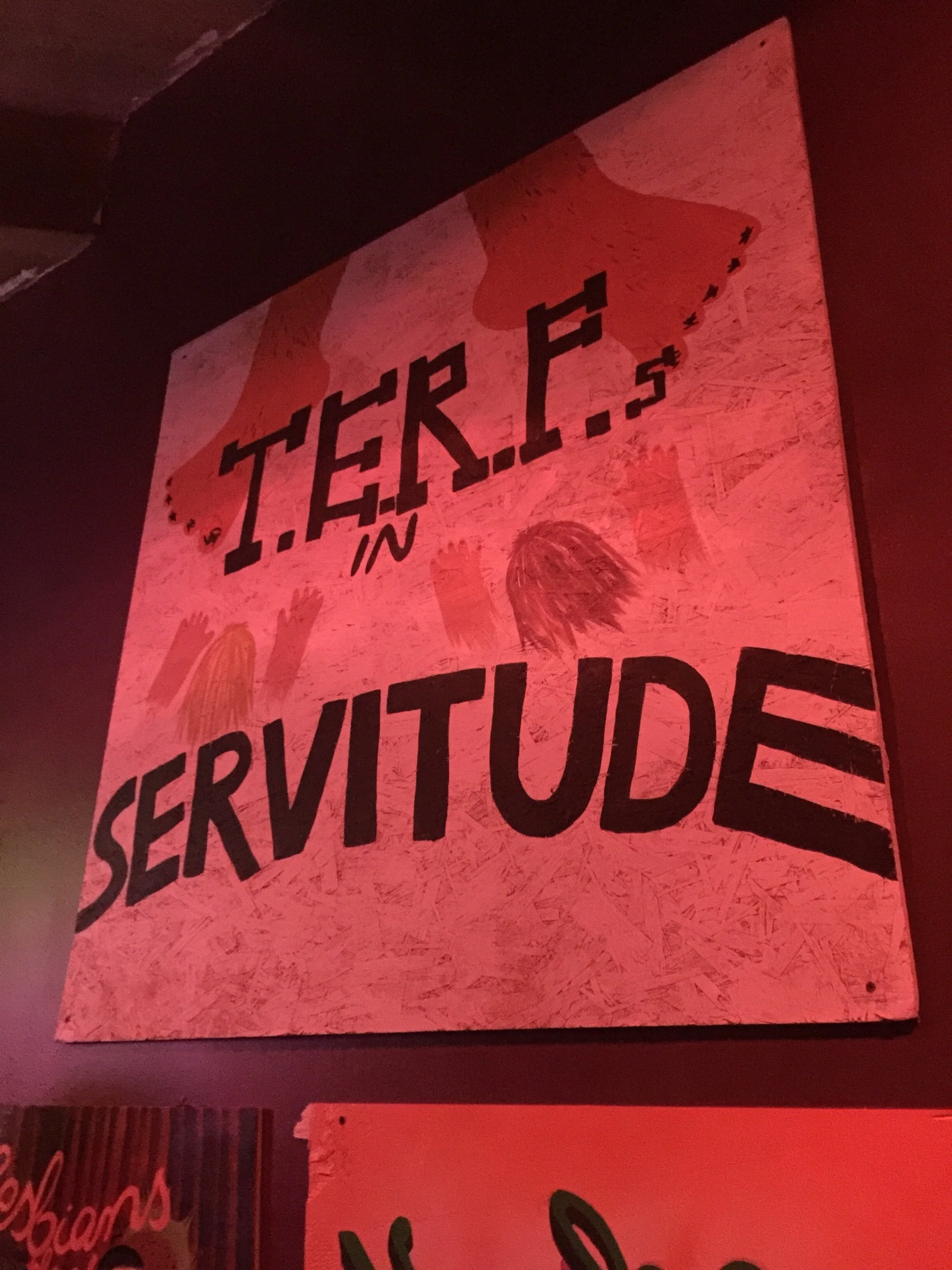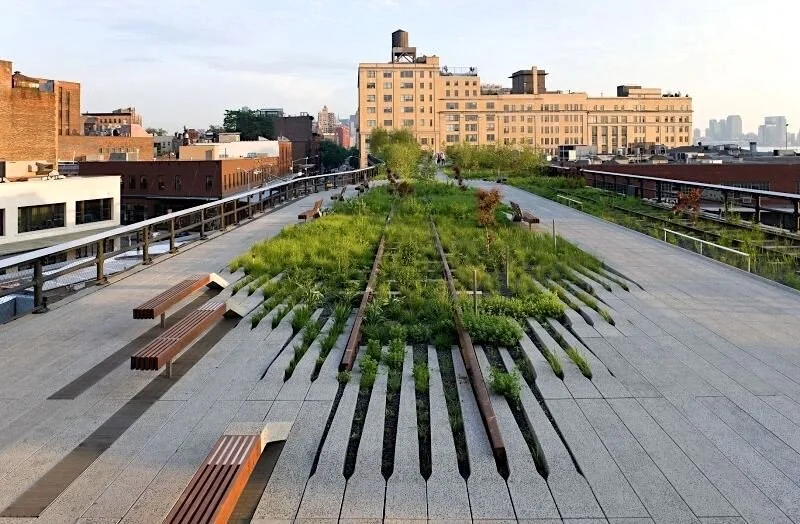Public Writing
Fall, 2019
On the evening of October 23, along with dozens of other students and staff at the University of Pennsylvania, I attended a protest to shut down a speaking engagement with the director of ICE, Thomas Homan at the Perry World House. As an undocumented immigrant, Penn alum, and Associate Director of La Casa Latina, I felt deep hurt and anger that my alma mater and employer was providing a huge platform to someone who has been responsible for separating millions of families and violating fundamental human rights.
For the past two years, I’ve had to prepare for the distinct possibility of being deported. My future, and the future of 800,000 other DACA recipients, hang in the balance. On November 12, the Supreme Court heard oral arguments about whether the present administration’s decision to wind down the Deferred Action for Childhood Arrivals (DACA) program was lawful. At the same time, attention and support for those with DACA should also extend to millions of other undocumented immigrants in the United States.
The Philadelphia Youth Climate Strike on December 6th, 2019.
A personal reflection of my first “on the ground” protest action in the United States. More questions than answers.
Between social media, video games, and electric scooters, if there is one thing my generation is known for it is being absorbed by technology. Technology has had an integral part in shaping modern culture, and in recent decades it has had an important role in the education system.
What is the school to prison pipeline? How do zero tolerance policies perpetuate this? How can we as morally bound humans, do our part in recognizing these injustices, as well as start to correct them?
As a former (and future teacher), these questions have long floated around in my head. Although some may not recognize or be aware of a school to prison pipeline, the existence and perpetuation of this pipeline is ever apparent to me.
Earlier in the semester I organized a volunteer group from Penn to go help out at Urban Tree Connection in West Philadelphia. Urban Tree Connection is a non-profit that creates locally produced food made for and by the people of the Haddington neighborhood community.
In this post I discuss how gentrification is a form of state-sanction violence and how that violence has impacted by home city.
In this post Penelope shares her experience as an organizer for The Ray of Hope Walk to End Violence Against Women and discusses how these experiences connect to the some of the course content.
I heard about this event at the Walnut Street West Public Library on Facebook. To me, “gentrification” had become such an abstracted buzzword, and while I associated it with rising housing costs and displacement, I was otherwise unfamiliar with its mechanics, possible solutions, and the lived experiences of this city. I saw the event as an opportunity to deepen my superficial knowledge about gentrification.
At almost every date, wedding, or social gathering I go to, I get asked the same question: “What do you think about affirmative action?” I probably get asked this question so often because I'm an Asian American Harvard alumna, and for nearly six years, I worked at a highly selective university in their office of admissions.
The upcoming Philadelphia Federation of Teachers (PFT) contract with The School District of Philadelphia (SDP) can influence societal issues in Philly if negotiated correctly with tactics suggested by the challenging group of rank and file members, The Caucus of Working Educators.
This is not a blog post where I tell a story about my journey of transformation. Instead, this post details how I tried—and failed—to engage in civil disobedience, and how this failure has begun to help me figure out what kind of activism beyond the classroom most inspires me, instead.
What we choose to memorialize is important. I want us to reclaim the monument for those whom the monument has often ignored, erased, dehumanized. Given the power we confer upon monuments in our society, their establishment can serve as a tool to reassert what we recognize, centralize, and legitimize, and ultimately confer our values onto, as a society. In 2013, the city of Philadelphia closed 23 schools for the 2013-2014 school year. Shuttered due to low enrollment and failing test scores, many of these schools played central roles in their communities. t did not have to be this way, and it does not have to still. What would happen if we memorialized these spaces, rather than letting them fade into obscurity?
This article was written in response to a series of social media posted protesting the content of South Africa’s Comprehensive Sex Education curricular in 2019. CSE has been part of South Africa’s Life Orientation subjects since 2008. It aims to contextualize the role of public education in combatting the scourge of gender-based violence in South Africa.
Killjoy’s Kastle is a feminist haunted house that merges performance and installation art for an immersive experience that explores themes of feminist theory, lesbianism, queer activism, and more. In groups of 6-8, visitors are welcomed to the haunted house by a tour guide/performer, playing the role of a renowned “demented” women’s studies professor. The tour brings visitors through the space, engaging in both an artistic critique and analysis of feminist themes, as well as an active engagement in social justice praxis.
In 2016 I wrote a poem about how I felt after the man who raped me was found ‘not responsible’ for his actions by my university’s student conduct. It’s called “The Birthday Poem” because the anniversary of the rape was just a few days after his birthday, and I was still processing my feelings that August about the student conduct decision made in February.
Healing through service encourages both individual and collective healing. I firmly believe that personal healing combined with the opportunity to heal others can be transformative, and hope to see a curriculum grounded in these principles.
When you have the courage to be vulnerable, you can inspire vulnerability in others. It’s important to recognize, however, the full definition of vulnerability- both the beautiful parts and the parts that leave you feeling broken. Although these moments of weakness are sometimes hard to acknowledge, they are essential for healing and growing.
What could redefining public space and communal engagement with the “outdoors” provide? How does the outdoors become a symbol of Whiteness and a tool of gentrification and capitalism? Considering surveillance and policing, what can be imagined as comfortable outdoor spaces for marginalized communities? What reclamation of outside space has taken place?
Social Emotional Learning advocates position individuals as the site of the problem and the unit of analysis. Instead of finding ways to increase food available, teachers ask youth to manage their hunger and suppress their anger. Instead of asking why movement must be restricted, teachers assume youth need to be taught patience and stillness. Instead of examining what the teacher did to upset a youth, the focus is teaching youth to remain calm. Where administrators should be concerned with the size of a class, they assert kids just haven’t learned to manage anxiety.
Spring, 2018
Are we making any of this work and thought and “prestige” do anything outside of these ivy-covered walls? If I dedicate my life to this place, will my work be worth it? Can I take what I’m learning and make it ride the bus? This zine is an attempt to create something intentionally non-academic as a form of resistance to the institution’s expectations of what “quality” graduate work looks like. It is a form of access into the coursework, dialogue, and reflection that exists in the space I am occupying.
By increasing the number of first-generation, low-income, and/or underrepresented students that enter and complete higher education, both the student AND the economy will be helped, they say. But in this rhetoric, this endeavor to push more first-generation, low-income and/or underrepresented minorities into attaining postsecondary education, we are again putting the burden of solving the nation’s economic problems on those who are already marginalized.
Last year, a big hubbub was made over Harvard’s Black Graduation. So much criticism occurred over the mistaken impression that Harvard was hosting a “segregated” ceremony. While the undergraduate students had a long history of organizing a last-minute cocktail party for the graduating seniors and their families, the organizers of the conference imagined a venue with keynote speakers, good food, a stage, and most importantly, a ceremony that invited parents to walk across the stage with their student.
In many lay conversations around education (particularly in communities of color), schooling is presented as a “way out” for youth. Schooling is the path to take in order to make it out of their subjugated community and towards upward mobility and capital. These conversations do not account for the racialized violence and Othering experienced by students of color. Although this violence and Othering has been heavily countered by activists, organizers and scholars alike, steps towards undoing this violence typically take the form of reform- and policy-based solutions. While reform may be necessary in order to enact change, it is slow, usually avoids treating problems in favor of treating symptoms, and limits the extent and orientation of action.
More West Philadelphians are being pushed out, more commercialization and Penntrification comes in, and the cycle continues as if nothing ever happened. For the university to not acknowledge the role it plays in this process or assuage community concerns about how its building practices contribute to the displacement of marginalized people is, in my view, shameful and a stain on the institution’s legacy to the community it serves.
Sports legends such as Jesse Owens, Muhammad Ali, and Jackie Robinson used their platform to express political beliefs and represent themselves beyond an athletic identity. Nigel Hayes at the University of Wisconsin and the Virginia Tech volleyball team both participated in silent protest as student-athletes. Professional athletes such as LeBron James and Muhammad Ali have and had a much bigger influence and platform when engaging in activism as athletes than student-athletes currently hold. However, their engagement with activism is still important and can influence change.
On November 17th 2017, the Barbara and Edward Netter Center for Community Partnerships celebrated its 25th anniversary. Venture onto Penn’s campus even for a little and you are bound to interact with some part of Netter, its community service branding, or some of its supposed impacts. Despite its increasingly engrained presence on campus, made possible by an annual million-dollar grant by the Penn administration, radical transformations to its organizational structure and philosophical mission are absolutely needed to realize its true institutional potential. My question, quite simply: what are we waiting for?
There is an overabundance of research and scholarly attention being dedicated to the educational issues plaguing our urban communities in Chicago, New York City, Boston, Los Angeles, New Orleans, Atlanta, etc. But what about the rural communities along the Interstate 95 corridor in South Carolina and in the Black Belt region of Alabama whose students are also suffering? If we care about all children receiving equitable educational opportunities through the public school system in the U.S., we have to spend more time talking about rural education and the unique challenges faced by students, families, and communities in these regions.
In Texas, the fight over history is real and is happening in our school boards. Republicans have stacked school boards with creationist and others who have fought over standards, and the content taught in our schools. As Texas is the largest buyer of textbooks, the policies they set affect textbooks all across the country. The result? History isn’t solely factual, the telling of particular histories implicitly affect the abilities of our society to resist oppression.
The disciplinary practices schools employ to manage student behavior can have a significant impact on school climate and ultimately student learning. However, in their attempt at negating misbehavior, many schools tend to rely heavily on traditional disciplinary practices (which emphasize negative consequences and social control strategies) that may temporarily curb student behavior but have detrimental effects in the long-run.
Think about the last time you censored yourself. The last time you codeswitched in a classroom full of white elders. The last time you took a dress off because it was too tight. The last time you hid a tattoo for an interview. The last time you choose to introduce yourself by your nickname, rather than ethnic AF name. The way we choose to speak, dress, act, etc. all belong to an identity we are attempting to portray. Often, we mistake identity as stagnant and believe that it is constructed at some point in our lives and will transcend through all spaces and places. It doesn’t.
It’s not uncommon to read a Facebook post or Twitter biography stating- “I’m a white ally for racial justice” or “I am an ally to police forces” or emptier yet, “I’m an ally.” So what does it mean to be an “ally”? Webster Dictionary defines ally as “a person or organization that cooperates with or helps another in a particular activity.” Implied in the definition is action, not that it should be just used as an identity. But the reality is that words (like ally) need to translate into action.
It is important to frame school desegregation as an issue of resource allocation, to ensure that it is not misunderstood to imply that schools primarily for students of color are inferior. Rather, racial equity in schools means equitable resources for students of color and white students.
What is empowerment? Who defines the term and is any one definition the “right” definition? Women and girls’ “empowerment” continues to take up more and more space in the media and is an increasing focus in government and non-government organizations worldwide. The concept and emphasis of “empowerment” may be conceived as a buzzword, trendy and/or the epitome of neoliberalism.





























Getting involved with a local park’s Friends group has been fruitful and challenging. What politics of belonging exist in certain types of spaces of community engagement? How can we build change while accommodating a different, non-colonial vision of time? What is reasonable to require of people? How can joy be kept in this work?